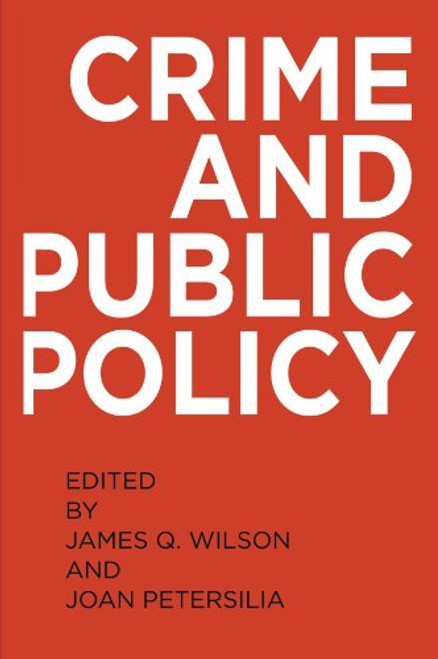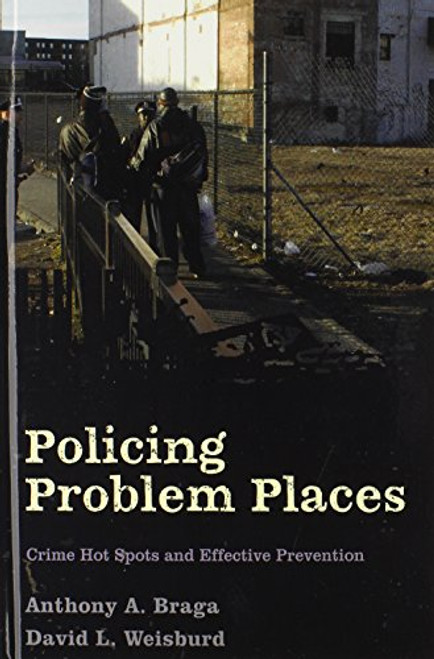Product Overview
Year after year, in poll after poll, crime tops the list of American anxieties. Indeed, crime is seen by many people as the number one problem in the United States, a threat to the quality of life unparalleled in any other developed country. Now two legal scholars, Franklin E. Zimring and Gordon Hawkins, have conducted intensive research on the question and have reached a startling conclusion--crime is not the problem. America's great problem, they argue, is lethal violence.
In Crime is Not the Problem, Zimring and Hawkins revolutionize the way we think about crime and violence--by forcing us to distinguish between crime and violence. The authors reveal that when we compare the United States to other industrialized nations, in most categories of nonviolent crime (burglary, theft, and other property offenses), American crime rates are comparable--even lower, in some cases. Moreover, this general trend holds true when we compare specific cities of roughly the same size (New York and London, Los Angeles and Sydney). As the authors show, crimes like burglary and theft are a part of modern urban life worldwide. Only when it comes to lethal violence does the United States outpace other Western nations, with homicide rates many, many times greater. Equally interesting, the authors find that most killings in America are unconnected to criminal activity (that is, more murders stem from arguments than from break-ins or muggings). But if high property-crime rates don't kill innocent victims in other countries, why are the risks so much greater that victims will be killed or maimed in the United States? And what can be done to bring the death rate from American violence down to tolerable levels? To address these questions, the authors take a hard look at what is believed about the causes of lethal violence. Here, too, the conventional wisdom about the causes of violence is subject to revision. The impact of television and movie violence on rates of homicide is wildly over-rated, as Zimring and Hawkins demonstrate with data from Europe and Japan. By contrast, it is hard to overestimate the importance of guns--used in 70% of all killings--in the distinctively high rates of deadly violence in America. Reducing lethal violence required different tactics than fighting a general war on crime, the authors conclude. They argue that traditional law and order, tough on crime campaigns blur the distinctions between lethal violence and other offenses, they argue. Lawmakers need to craft a sophisticated response that specifically addresses death dealing mayhem.
In Crime is Not the Problem, Zimring and Hawkins reshape the debate about crime in the United States, throwing sharp new light on old questions and suggesting new directions for public policy. By making the crucial distinction between lethal violence and crime in general, they clear the ground for a targeted, far more effective response to the real crisis in American society.






